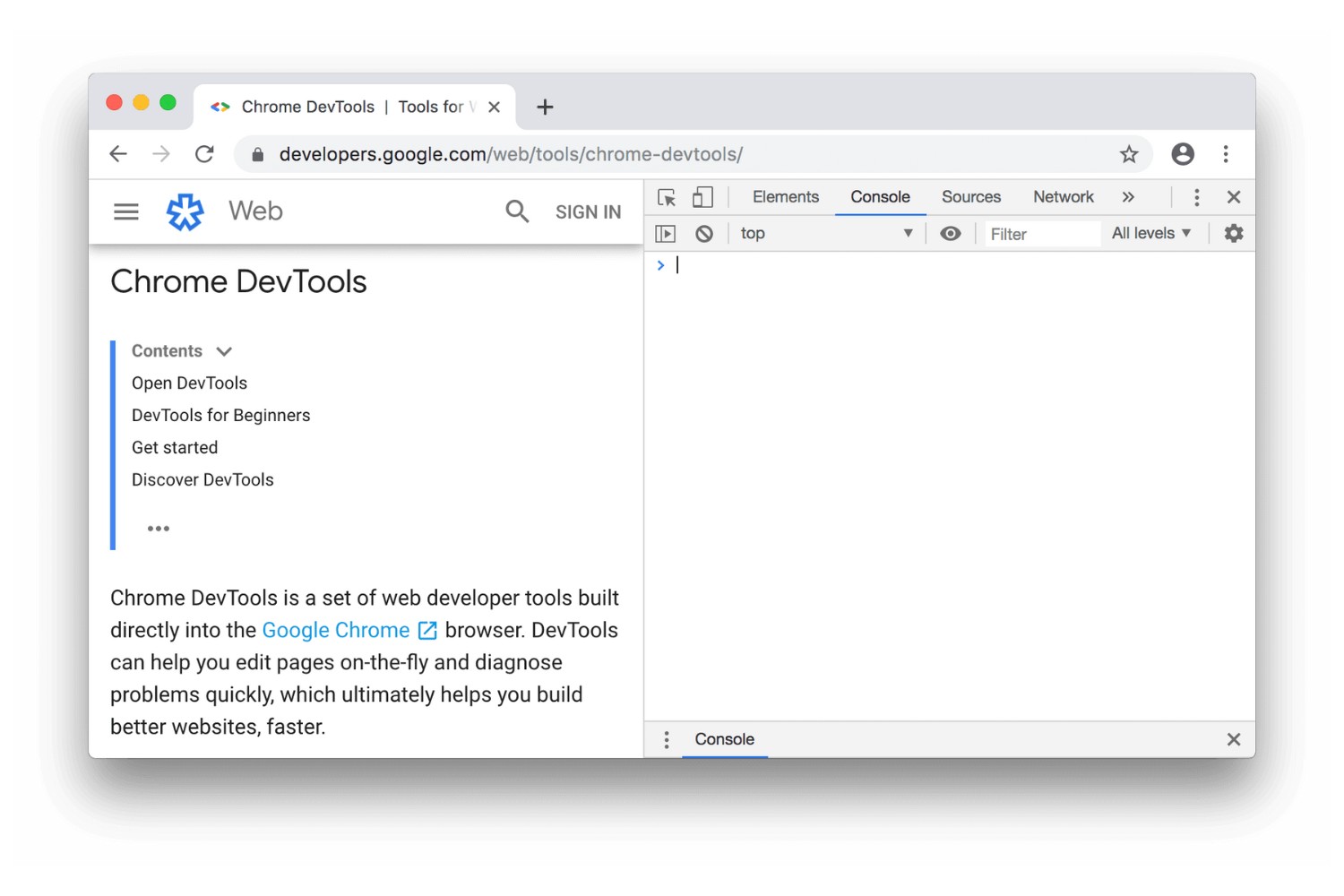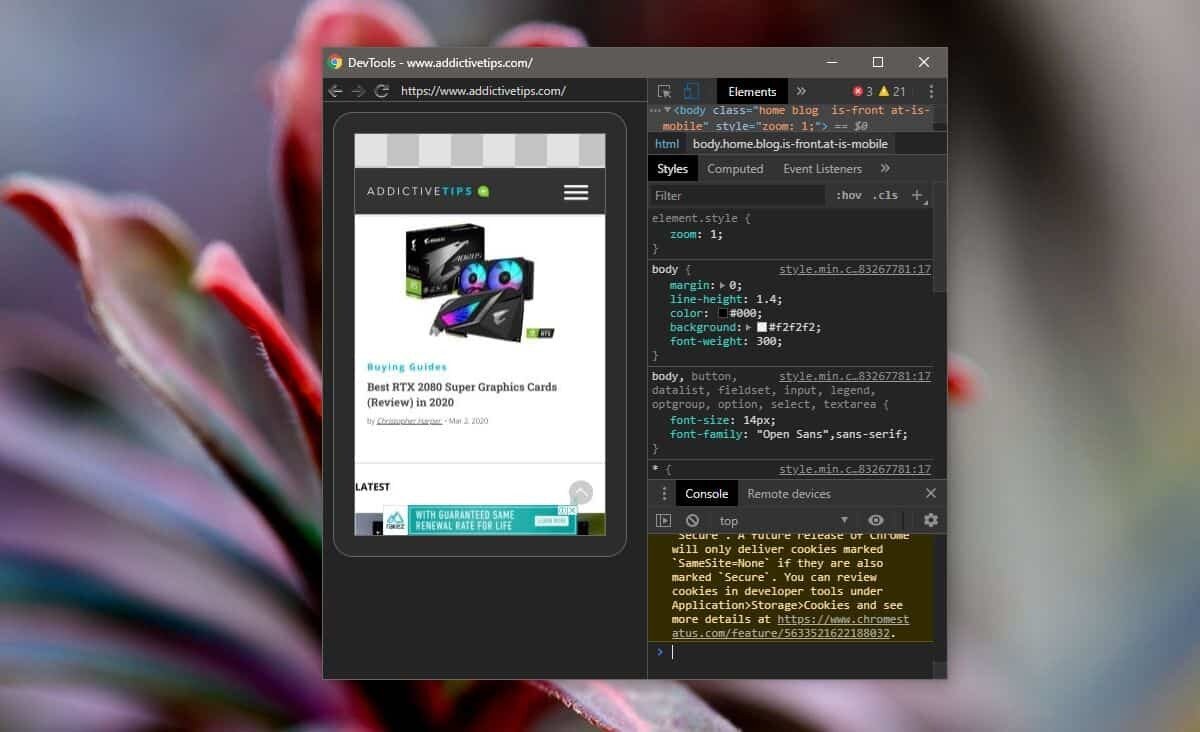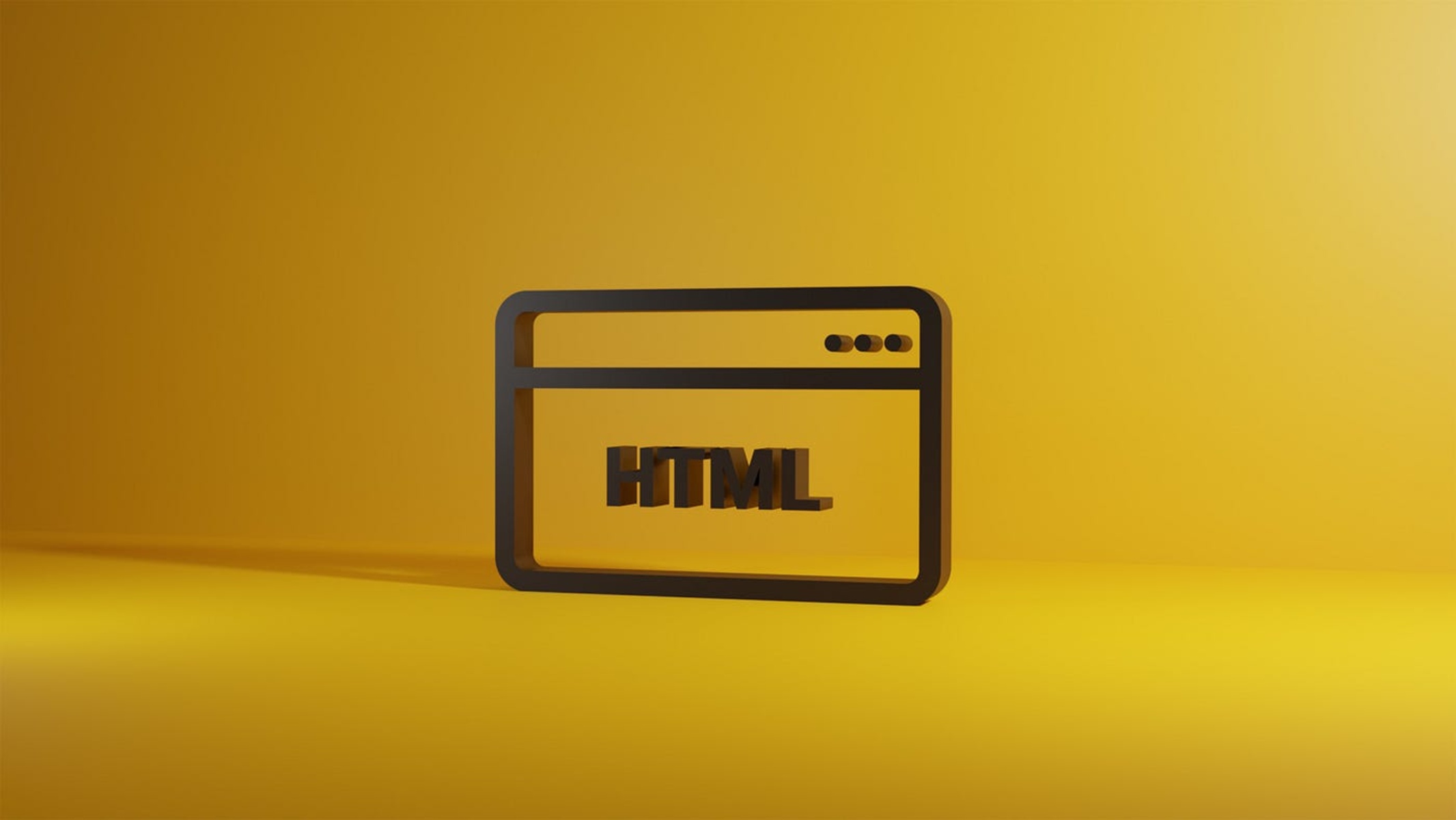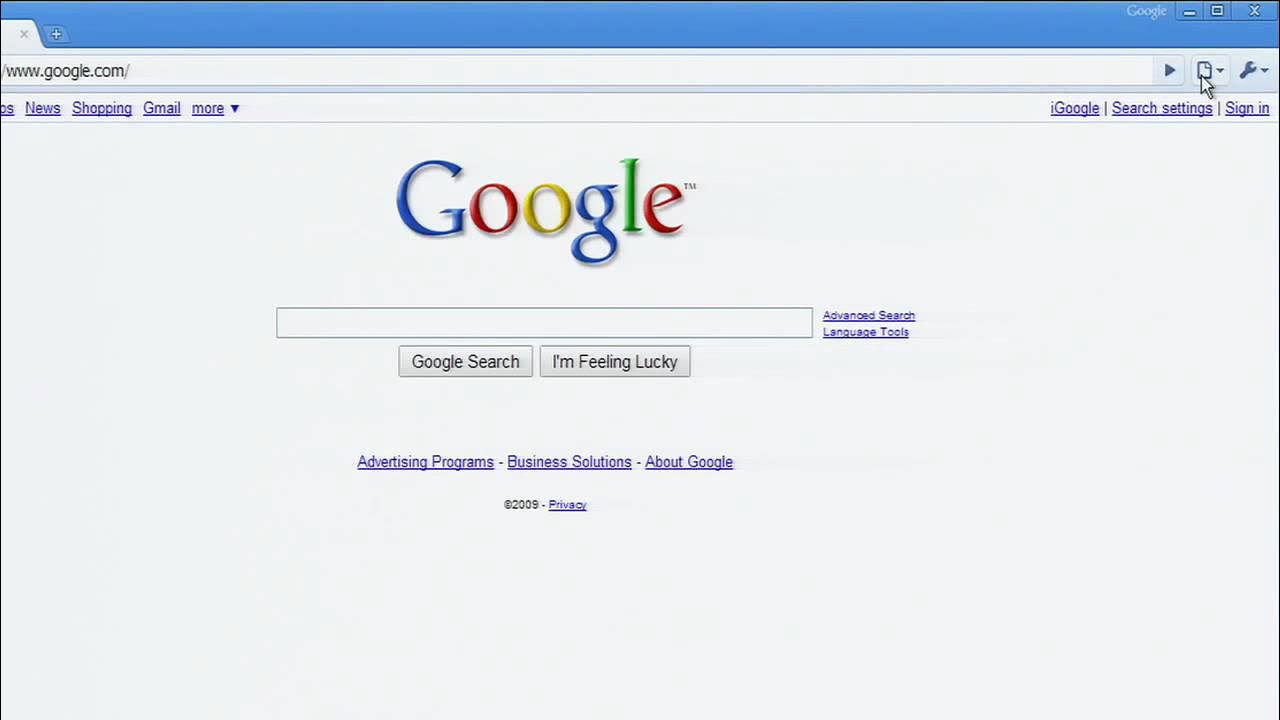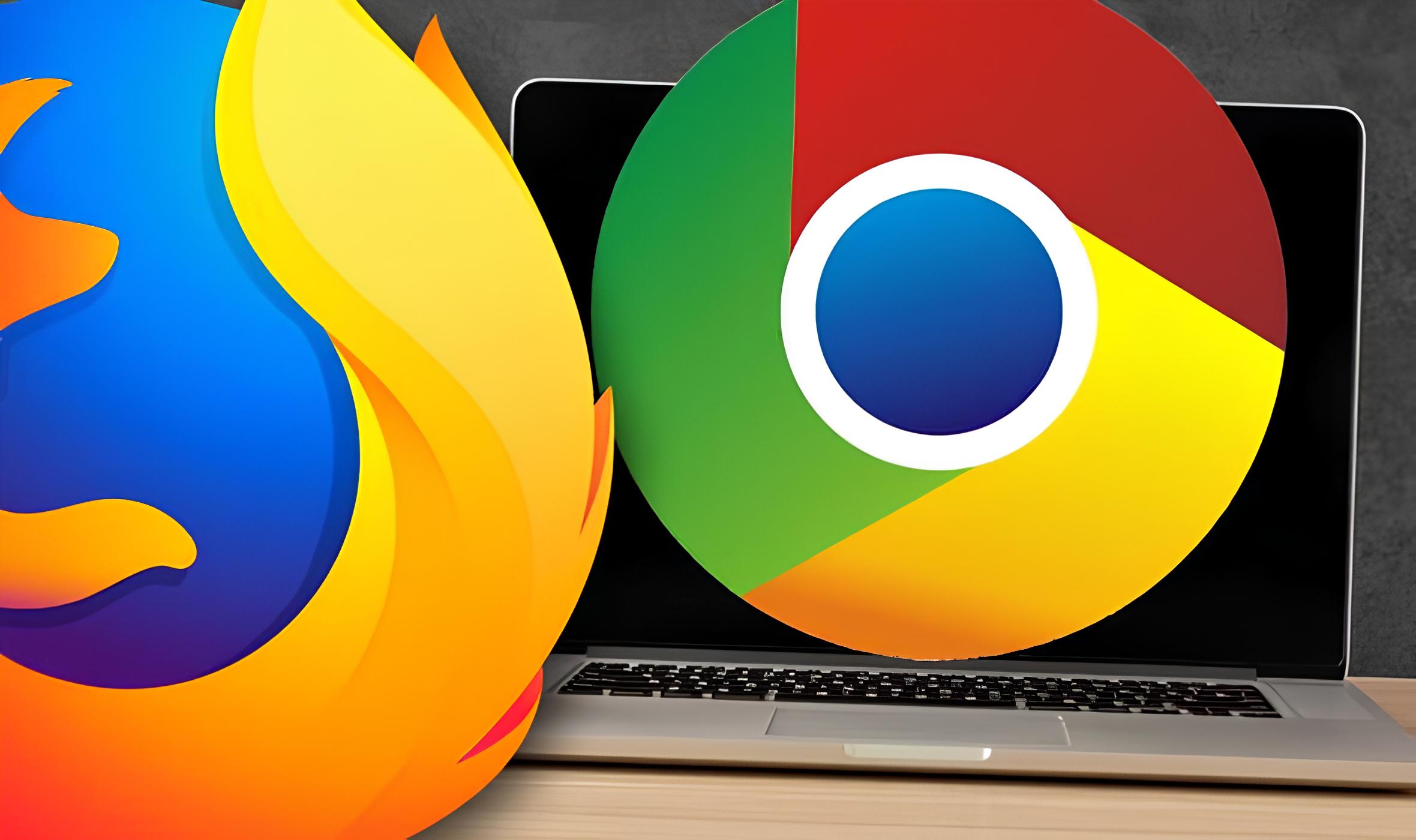Introduction
Opening the console in Google Chrome is a fundamental skill for developers, web designers, and anyone seeking to explore the inner workings of a website. The console serves as a gateway to the browser's internal functions, allowing users to interact with web pages in ways beyond the scope of regular browsing. Whether you're troubleshooting website issues, experimenting with JavaScript, or analyzing network activity, the console is an indispensable tool in your arsenal.
In this article, we'll delve into three simple methods for opening the console in Chrome. By mastering these techniques, you'll gain the ability to inspect and modify web pages, monitor network requests, and diagnose errors with ease. Whether you're a seasoned developer or a curious enthusiast, understanding how to access the console will empower you to unlock the full potential of your browsing experience.
Let's embark on this journey to uncover the hidden capabilities of Chrome's console, enabling you to harness its power for both professional and personal endeavors. Whether you're seeking to enhance your web development skills or simply satisfy your curiosity, the console is a gateway to a deeper understanding of the web. So, without further ado, let's explore the various methods to open the console in Chrome and unleash its myriad possibilities.
Method 1: Using Keyboard Shortcuts
Opening the console in Google Chrome using keyboard shortcuts is a swift and efficient method that can significantly enhance your browsing experience. By mastering this technique, you can seamlessly access the console without interrupting your workflow, making it an invaluable skill for developers and enthusiasts alike.
To initiate this process, simply press Ctrl + Shift + J (Windows/Linux) or Cmd + Option + J (Mac) on your keyboard. This action triggers the console to appear at the bottom of the browser window, ready for your commands.
By utilizing this keyboard shortcut, you can swiftly transition between regular browsing and console interaction, enabling you to inspect elements, execute JavaScript code, and analyze network activity with remarkable ease. This seamless integration of console access into your browsing routine empowers you to troubleshoot website issues, experiment with web page modifications, and gain deeper insights into the inner workings of websites.
Furthermore, the keyboard shortcut method exemplifies the convenience and accessibility of the console, allowing you to swiftly toggle between regular browsing and advanced web page analysis. Whether you're a seasoned developer or a curious enthusiast, mastering this keyboard shortcut will undoubtedly elevate your browsing experience and expand your understanding of web technologies.
In essence, the keyboard shortcut method serves as a gateway to the console's myriad capabilities, enabling you to seamlessly transition between regular browsing and advanced web page analysis. By incorporating this technique into your browsing routine, you can effortlessly harness the power of the console to enhance your web development skills and gain deeper insights into website functionality.
Mastering the art of using keyboard shortcuts to open the console in Chrome is a testament to your commitment to optimizing your browsing experience and delving into the intricacies of web development. This method exemplifies the seamless integration of advanced web page analysis into your browsing routine, empowering you to explore the web with newfound depth and understanding.
Method 2: Using the Menu
Another straightforward method to access the console in Google Chrome involves utilizing the browser's menu. This approach offers a convenient alternative for users who prefer navigating through menus to access various browser features. By following a few simple steps, you can effortlessly open the console and begin exploring the inner workings of web pages.
To initiate this method, start by launching Google Chrome on your computer. Once the browser is open, navigate to the top-right corner of the window, where you'll find the three vertical dots symbolizing the Chrome menu. Click on these dots to reveal a dropdown menu containing various options and settings.
Within the dropdown menu, locate and hover over the "More tools" option. Upon hovering over this category, a secondary menu will appear, presenting additional tools and functionalities. Among the options displayed, you will find "Developer tools." Click on this option to trigger the opening of the developer tools panel, which encompasses a wide array of features for web development and analysis.
Upon accessing the developer tools panel, you will notice a series of tabs at the top of the panel, including "Elements," "Console," "Sources," "Network," and more. To open the console, simply click on the "Console" tab, which will reveal the console interface at the bottom of the developer tools panel.
By utilizing the menu to access the console, you gain a comprehensive view of the developer tools available within Google Chrome. This method provides a visual and intuitive approach to accessing the console, allowing you to seamlessly transition between different developer tools and explore their functionalities.
Furthermore, the menu-based approach exemplifies the user-friendly nature of Google Chrome's developer tools, catering to individuals who prefer navigating through menus to access various features. Whether you're a novice developer or a seasoned professional, the menu-based method offers a familiar and accessible pathway to the console, enabling you to delve into web page analysis and JavaScript experimentation with ease.
In essence, by leveraging the menu to open the console in Chrome, you gain access to a diverse array of developer tools and functionalities, empowering you to explore the intricacies of web development and gain deeper insights into website functionality. This method serves as a testament to the accessibility and versatility of Chrome's developer tools, providing users with a seamless pathway to unlock the browser's advanced features.
Method 3: Using Right-Click
Another convenient method to access the console in Google Chrome involves utilizing the right-click functionality within the browser. This approach offers a quick and intuitive way to open the console, catering to users who prefer leveraging contextual menus to access various features. By following a few simple steps, you can seamlessly initiate the console and delve into the inner workings of web pages.
To begin this method, navigate to the web page for which you intend to open the console. Once you've identified the target page, right-click anywhere on the page to reveal a contextual menu. This menu typically contains a range of options based on the element or area where the right-click action was performed.
Within the contextual menu, locate and hover over the "Inspect" or "Inspect Element" option. This action triggers the display of a secondary menu containing additional developer tools and functionalities. Among the options presented, you will find "Console." Click on this option to initiate the opening of the console interface at the bottom of the browser window.
Upon accessing the console through the right-click method, you gain immediate access to a powerful tool for web page analysis and JavaScript interaction. The seamless integration of the console within the contextual menu streamlines the process of accessing advanced developer tools, allowing you to swiftly transition from regular browsing to in-depth web page analysis.
Furthermore, the right-click method exemplifies the user-friendly nature of Google Chrome's developer tools, providing a convenient pathway for users to access the console without navigating through complex menus or keyboard shortcuts. Whether you're a novice developer or a seasoned professional, this method offers a straightforward and accessible approach to exploring the inner workings of web pages.
In essence, by leveraging the right-click functionality to open the console in Chrome, you unlock a wealth of possibilities for web page analysis, JavaScript experimentation, and network activity monitoring. This method underscores the seamless integration of advanced developer tools into the browsing experience, empowering users to gain deeper insights into website functionality with unparalleled ease.
By mastering the art of using the right-click method to access the console, you demonstrate a commitment to optimizing your browsing experience and delving into the intricacies of web development. This approach serves as a testament to the accessibility and versatility of Chrome's developer tools, providing users with a seamless pathway to unlock the browser's advanced features.
Conclusion
In conclusion, mastering the art of opening the console in Google Chrome is a gateway to a realm of possibilities for developers, web designers, and enthusiasts alike. Throughout this article, we've explored three simple yet powerful methods for accessing the console, each offering its unique blend of convenience and accessibility. Whether you prefer keyboard shortcuts, menu navigation, or right-click functionality, the console stands ready to empower you with the tools needed to unravel the intricacies of web pages and JavaScript interactions.
By delving into the world of the console, you gain the ability to inspect and modify web pages, monitor network requests, diagnose errors, and experiment with JavaScript code. This newfound capability opens doors to a deeper understanding of web technologies, allowing you to elevate your web development skills and gain insights that transcend traditional browsing experiences.
The keyboard shortcut method exemplifies efficiency and seamless integration, enabling you to swiftly transition between regular browsing and advanced web page analysis. This approach caters to individuals who value speed and convenience, providing a direct pathway to the console without disrupting their workflow.
On the other hand, the menu-based method offers a visual and intuitive approach to accessing the console, catering to users who prefer navigating through menus to explore various developer tools. This method showcases the versatility of Chrome's developer tools, presenting a comprehensive array of functionalities within a user-friendly interface.
Furthermore, the right-click method provides a quick and intuitive pathway to open the console, seamlessly integrating advanced developer tools into the contextual menu. This approach streamlines the process of accessing the console, offering a convenient route for users to delve into web page analysis and JavaScript interaction with ease.
In essence, regardless of the method you choose, mastering the art of opening the console in Chrome signifies a commitment to enhancing your browsing experience and delving into the intricacies of web development. By harnessing the power of the console, you embark on a journey of exploration and discovery, uncovering the hidden capabilities that lie beneath the surface of web pages.
So, whether you're a seasoned developer seeking to streamline your workflow, a web designer aiming to enhance user experiences, or an enthusiast curious about the inner workings of the web, the console in Google Chrome stands as a gateway to a world of endless possibilities. Embrace the art of console mastery, and unlock the full potential of your browsing experience.







